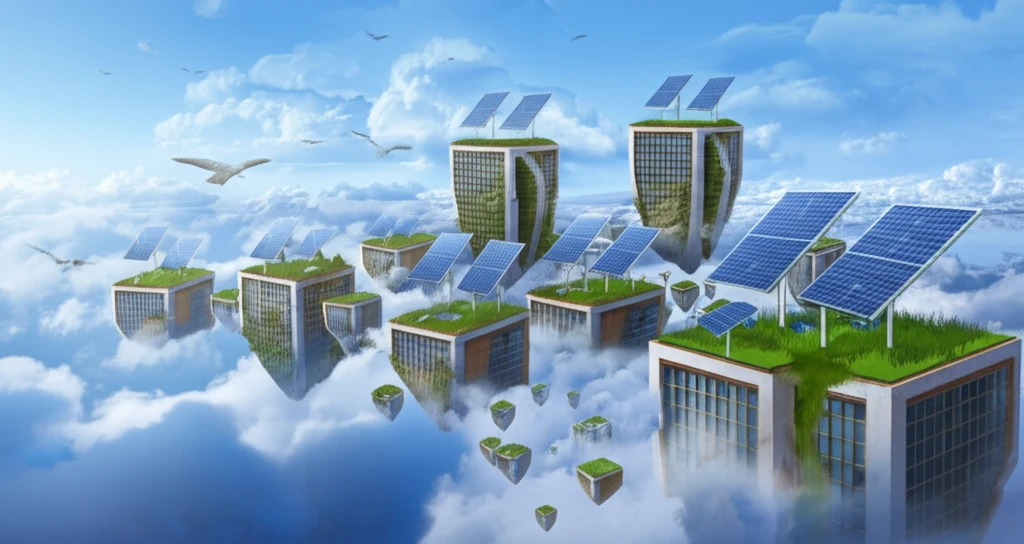
Decoding Green Building Assessments: Are Sustainable Building Systems Truly Comprehensive?
"A Deep Dive into the Strengths and Blind Spots of Sustainable Building Rating Systems Worldwide"
In a world increasingly focused on environmental responsibility, sustainable building has emerged as a cornerstone of eco-conscious design and construction. But how do we truly measure sustainability? Over the past decades, numerous sustainable building (SB) assessment systems, also known as green building rating systems, have sprung up worldwide. Systems like LEED (Leadership in Energy and Environmental Design) and BREEAM (Building Research Establishment Environmental Assessment Method) have become widely recognized, but a critical question remains: How comprehensive and consistent are these systems in evaluating building sustainability?
This article delves into an in-depth analysis of 11 prominent SB assessment systems from around the globe, scrutinizing the indicators they use and the aspects of sustainability they cover. By using a comprehensive benchmark—a 'Comprehensive List of Sustainable Building Indicators (CLOSBI)'—this analysis reveals surprising gaps and inconsistencies in how different systems approach environmental, social, and economic factors. Understand the strengths and weaknesses of current SB assessment systems and gain insights into creating truly sustainable buildings.
Whether you're an architect, designer, policymaker, or simply an environmentally conscious individual, this exploration will provide a clearer understanding of what makes a building truly sustainable and how current assessment methods measure up.
What's Under the Microscope? Analyzing the Core of Sustainable Building Assessments

To conduct a rigorous evaluation, a 'Comprehensive List of Sustainable Building Indicators (CLOSBI)' was created. This list acts as a benchmark, compiling indicators from 11 established SB assessment systems. These systems span various geographic regions, excluding Africa due to data limitations, and include well-known frameworks like Green Star (Australia), DGNB (Germany), BEAM (Hong Kong), CASBEE (Japan), G-SEED (Korea), GSAS (Qatar), Green Mark (Singapore), Pearl (UAE), BREEAM (UK), LEED (USA), and SBTool (International).
- Environmental Categories: Focus on aspects like air and water pollution, waste management, energy and water resource use, material depletion, land use, site ecology, and life cycle impact.
- Social Categories: Emphasize health and wellbeing, occupant comfort (thermal, acoustic, visual), building quality, outdoor environment comfort, safety and security, social interaction, and cultural landscape.
- Economic Categories: Address capital, operational, and life-cycle costs, alongside other economic aspects.
- Transversal Categories: Include innovation and management & operation, recognizing their impact across all sustainability pillars.
The Path Forward: Harmonizing Sustainable Building Assessments
This study shines a light on the inconsistencies and gaps within current sustainable building assessment systems. While systems like SBTool demonstrate a more comprehensive approach, many others prioritize certain aspects (like environmental impact) while neglecting crucial social and economic considerations. Addressing these imbalances and working towards a standardized, holistic framework is essential for truly driving sustainable practices in the building industry. By recognizing the limitations of existing systems, we can push for more robust and reliable methods for evaluating the true sustainability of our buildings.
